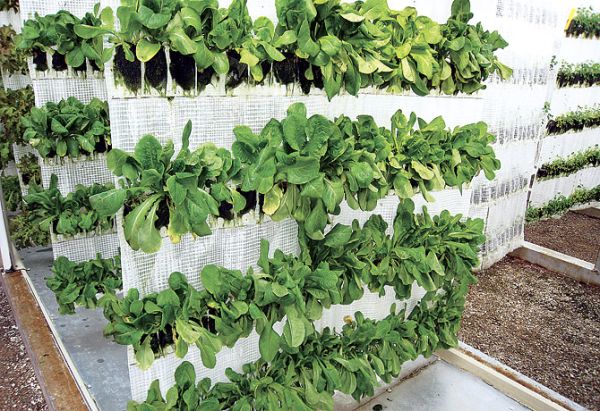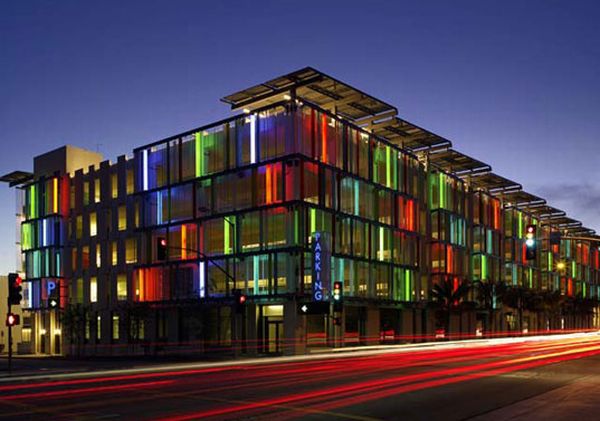Why we are asking this now
The concept of vertical farming is receiving a number of positive as well as negative feedback, right from its inception. Many agriculturalists and socialists have analyzed the usefulness of this concept in the practical world. In fact, many organizations conducted competitions for the designers and architects on the theme of vertical farming to know their point of views. The results are affirmative and they demonstrate the feasibility of setting up buildings with vertical farms, from the designerâs aspect. However, some scientists predict that the energy required for maintaining these vertical farms would incur heavy costs than it would do with the traditional farming methods.

Is it really that serious
Well, it may not be a serious problem at this point, but it will become a major issue in the future. If the current farming methods and techniques continue without any improvements, then we may face serious problem like famines, as early as 2050. Urbanization and raising population are the major sources for the lack of proper lands suited for cultivation. Certain countries may have this problem due to their geographical location and natural factors. The concept of vertical farming will suit any kind of region, despite their geographical location. Overall, about fifteen percent of our cultivatable lands are wasted due to poor management and the use of redundant methods. Creating artificial, but environment-friendly lands for cultivation is one of the best ideas to solve the problems of lacking sources.
What others are saying
Dr. Dickson Despommier is one of the renowned experts who teach at the Columbia Universityâs medical school. He has proposed an affirmative approach for the vertical farming through his books. His books exclusively cover the possibilities of implementing vertical farms anywhere in the world. According to Dr. Dickon Despommier, the concept of vertical farming is like building a mini ecosystem, thus making our world ecologically well-balanced. He explains that, the idea of vertical farming uses the closed loop agricultural technologies. To be literal, the water and nutrients used for cultivation are recycled in vertical farming. Every building has several floors and every floor has several layers. Imagine growing crops like cabbages, tomatoes, berries, wheat, rice, corn, etc., in layers. Their yield will definitely feed everybody in the world. Experts believe that vertical farming will provide employment opportunities to millions of people and agricultural industries. Dr. Dickson assures that the concept of vertical farming is in the progress of becoming into reality.
The developments
It is surprising to know that the concept of vertical farming had been discussed at least since 1915. As per sources, Gilbert Ellis Bailey proposed the first concept of vertical farming. According to him, vertical farming is a new agriculture method that uses explosives to excavate underground areas and utilize them for cultivation. Bailey even proposed that the use of such intensive agricultural methods allow the farmers to increase their profits significantly. Ken Yeang, a famous architect proposed the next generation idea of vertical farming. He conceptualized the idea of growing plants in the buildings, but in open air by the mixed use of skyscrapers for an optimum climate control and consumption as well. However, Yeangâs concept suits only for small scale production that represents few individuals or a small group. In the 21st century, Dr. Dickson Despommier proposed a 100 percent affirmative approach to the concept of vertical farming. In fact, Dr. Dickson assures that the cultivation of plants in a hermetical environment will minimize the toxicity that plant life would produce on natural landscapes. By theory, technologies like Hydroponics and Aeroponics confirms the production of fresh fruits and vegetables.
The main hurdles
The process of implementing the vertical farming concept incurs heavy costs. Even after implementation, this concept requires huge amount of electrical energy for maintenance and various other purposes. Apart from these major hurdles, there are a few disadvantages which are less significant to mention. The profit percentage may be less than the set-up cost, but it increases gradually as production increases.
What can be done
Experts have suggested the idea of using commercial wastes to produce electricity, by means of anaerobic digesters that produce methane gas to power up the generators. Transferring the farming culture to a factory will also help us to mechanize and automate the production processes. The resulting high yield will be sufficient to feed every human being in the world. Dr. Dickson Despommier believes that itâs the time to implement these new farming methods and cultivation into practice. Whatever the methods may be, the goal of the project is to provide food for all the people.




